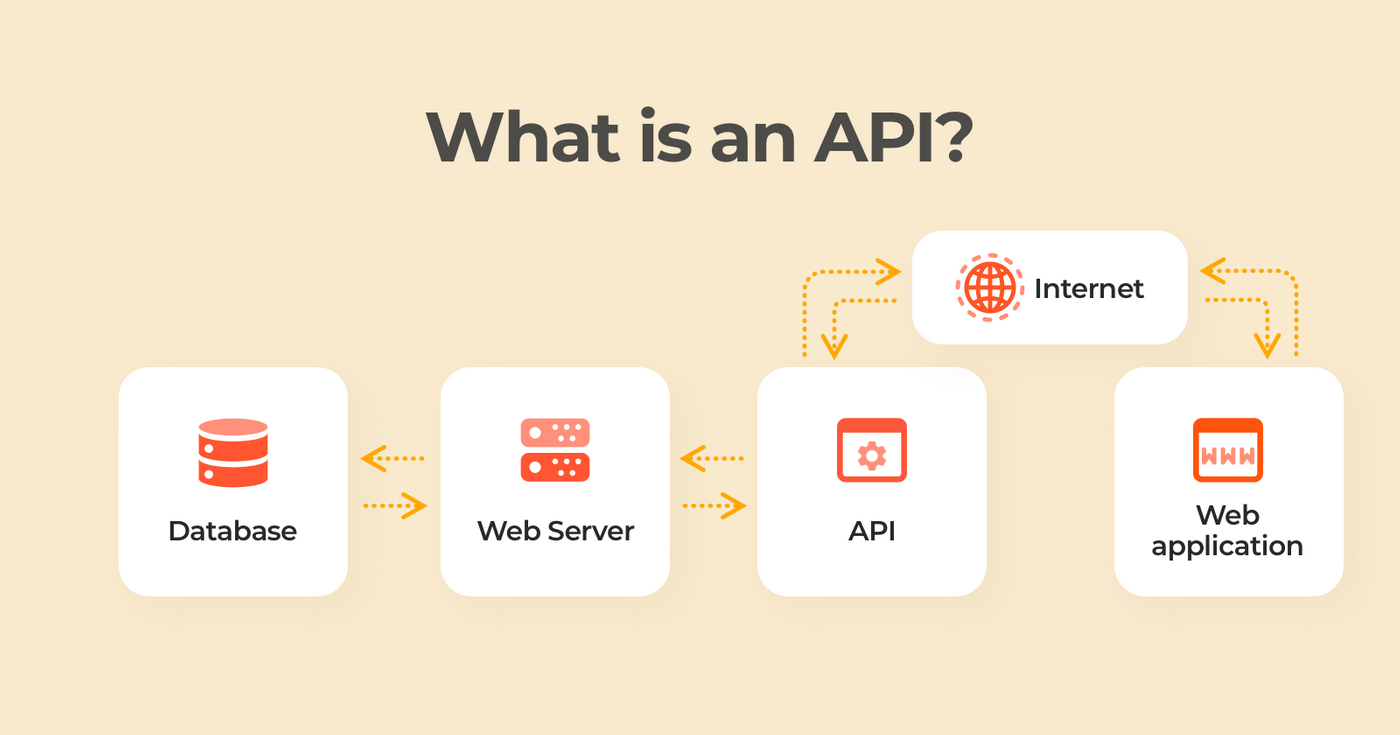10 ways microservices and APIs are transforming the SaaS experience
Discover how microservices and APIs are influencing the SaaS industry and how they can benefit your business.

The global software-as-a-service (SaaS) market is growing over 17% a year and is expected to double in size by 2026. It's estimated that more than 99% of large organizations now rely on SaaS solutions. These solutions are enhanced by the use of application programming interfaces (APIs) and microservices, which are transforming the way companies do business.
How can your organization leverage microservices and APIs to optimize the SaaS experience for your organization? Read on to learn more.
Key takeaways:
-
APIs connect two or more services to share core data.
-
Microservices use APIs to create small, focused applications from multiple databases.
-
APIs and microservices enable headless solutions and omnichannel marketing while simplifying digital transformation.
-
APIs and microservices let you easily integrate third-party applications and provide a more personalized user experience.
Understanding APIs and microservices
APIs and microservices are related technologies that are often used together to streamline the development process and provide enhanced functionality to users.
How APIs work
An application programming interface (API) is a protocol that enables two applications or platforms to exchange data with one another. An API specifies how data is exchanged and provides an interface for that exchange.
APIs enable developers to extend the functionality of a given service or project. Additional platforms or programs can be attached to the original service and share that service's data.
APIs are often used to let websites and web-based applications pull data from a shared database or server. When the stored data changes, the API enables those changes to be automatically reflected in those applications connected to the database.

Image Source: https://www.cleveroad.com/blog/what-is-an-api
How microservices work
A microservice uses APIs to create an application based on a loose collection of services. A single microservice might use multiple APIs to enable specific functions, combining all those functions into an integrated user interface. Microservices can pull data from multiple databases and present it in a unified fashion to users.
Think of an API as a contract that guides the exchange of data, and a microservice as an architectural design for an application. Microservices depend on APIs to pull together data they need for the services they present.

Image Source: https://www.sentinelone.com/blog/api-vs-microservices/
How microservices and APIs in SaaS are transforming how businesses work
APIs and microservices are changing the way SaaS works. Here are 10 ways in which these technologies are transforming the SaaS experience:
1. Simplify digital transformation
Digital transformation is revolutionizing how businesses operate and deliver value to their customers – and using APIs and microservices can simplify the digital transformation. Instead of building new monolithic systems from scratch, you can use APIs to enable access to core data across the organization and build microservices to provide specific functionality.
2. Enable headless solutions
APIs let you decouple backend content from the user interface, creating so-called headless solutions. This is often used in CMS solutions, where structured content is stored in a central content repository and then called from a variety of frontends, including:
-
Mobile apps
-
Internal applications
-
Third-party websites
-
App stores
This enables your organization to focus on content without needing to worry about the various frontend displays.
3. Accelerate innovation
Because APIs let multiple applications access existing content, their use can accelerate innovation in your firm. It's easier and faster to develop multiple microservices using APIs than it is to create large monolithic applications from scratch. Different development teams can work on different apps or components in tandem, simplifying and speeding up development. You end up saving time and money by deploying more applications using less code.
4. Enable omnichannel marketing
Companies looking to expand their presence are moving towards omnichannel marketing. By using APIs, you can present your existing content to customers across a variety of channels, media and devices. You can even serve your content to third-party vendors and websites, further extending your reach – with minimal effort.
5. Increase data visibility
You have a wealth of data stored on your servers and in the cloud. By linking to third parties via API, that data can become more visible and more valuable.
6. Reduce errors
Because developing a microservice is less complex than developing a traditional software, the opportunity for errors is reduced. It's also easier to identify faults in a single module without impacting the performance of an entire larger application.
7. Improve uptime
If a large application fails, it could bring down many areas of your organization. If a microservice fails, the rest of the related applications stay up and running. This improved uptime is further enhanced by the speed in which you can fix errors in smaller microservices – your staff knows exactly where to look if something goes wrong.
8. Reduce development costs
Developing multiple smaller microservices is easier than developing larger monolithic applications. Developers have a smaller, easier-to-understand codebase to work with, which reduces development time and cost. Integrating functionality from multiple microservices is significantly more cost-effective than developing a large application that incorporates the same functionality.
9. Improve the user experience
APIs and microservices enable you to develop more personalized experiences for your users. Instead of subjecting all users to the same default interface, you can create different interfaces and experiences for different users, all linked to the same data via APIs. Improving the user experience is paramount and benefits both your customers and your underlying business.
10. Integrate third-party applications
You can also use APIs and microservices to tie different applications into your user experience. Instead of trying to offer all possible functionality in a single interface, you can integrate functionality from a variety of third parties. For example, your app or website can use API technology to incorporate payment, mapping or text chat functionality from third-party partners without you having to build that functionality on your own. Your customers get more functionality, and you don't have to build it.
Let Optimizely help you transform the SaaS experience
Optimizely can help you employ APIs and microservices to enhance your organization's use of SaaS. We offer cloud-based CMS solutions using headless APIs that help you create personalized user experiences and maximize your ecommerce presence. Contact us today to learn how we can help you create a seamless customer experience across multiple channels.
